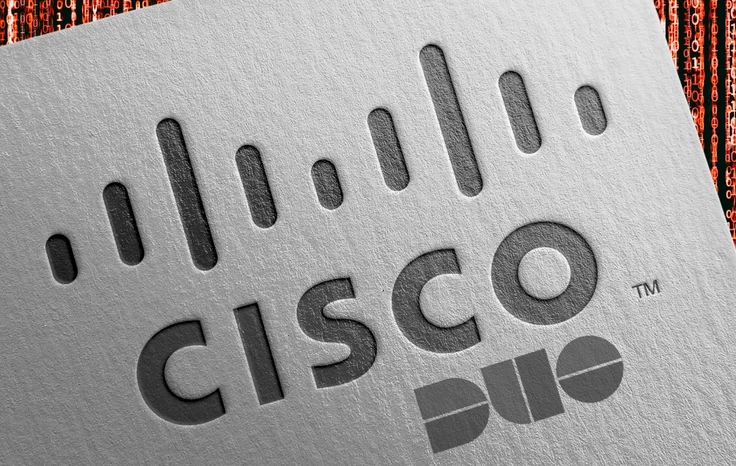What is Spoofing? Definition, Types, Prevention
What is the difference between hybrid and multi-cloud?

Enterprises everywhere have their heads in the cloud. From startups to tech behemoths, businesses of every shape and size are leveraging cloud computing for growth and prosperity. Since the cloud's widespread ubiquity, organisations have quickly begun to reap the advantages associated with it. Such benefits include increased storage space, improved cost efficiency, and more scalability.
In short, going cloud is a no-brainer.
In its maturation, organisations have petered off into the deployment models that suit them best. At surface level, the options on offer are public and private. However, many businesses are finding that they would like a little bit of one and a little bit of the other.
Naturally, a hybrid approach would then follow. However, hybrid is not the only option that can deliver the best of both words. Going head-to-head with it is multi-cloud, a newer approach on the cloud horizon.
Both are similarly advantageous in that organisations can enjoy cloud services tailored more towards their own needs. Given the overlap, how do businesses decide which better suits their needs? The best way is to dissect the two and see what they have to offer.
Hybrid versus multi-cloud
Let's begin with the older of the two: hybrid. Hybrid is characterised by its fusion of private and public cloud, such as Amazon Web Services, Microsoft Azure, or Google Cloud. It leverages on-site private cloud components with public cloud, and these components will typically work together, sharing applications and data between the two.
Hybrid cloud are appealing because it accommodates well for your business's specific needs, allowing you to enjoy a mix and match as you please. Thus, its flexibility makes hybrid a good contender for a future-proof cloud strategy.
Furthermore, in terms of security, the private components give organisations better peace of mind than a wholly public cloud approach. However, by bringing public into the mix, you can enjoy increased reliability as a result of distribution.
Then, of course, by only using private where absolutely necessary, you can cut back on costs and only pay for exactly what you need.
Multi-cloud is slightly different in that it uses different cloud services for different tasks, unlike hybrid where they work together. In other words, there is no connectivity or orchestration between the providers.
In doing so, multi-cloud reduces vendor lock-in, which is a huge bonus. This allows you to chop and change with much more ease if your business outgrows its cloud providers. Not only that, but cloud providers have a tendency to change prices, particularly in line with new service launches. In turn, multi-cloud alleviates the burden of being static and welcomes change from both sides.
On the flip side, it also enables businesses to take full advantage of best-of-breed solutions. It also can use a combination of on-premise physical, virtual, and private cloud infrastructure, giving businesses the ability to reap the best of many modes.
The overlap between the two is quite evident, which leads to the two terms being used interchangeably. However, while the two have similar goals, hybrid is a subset of multi-cloud and the two should not be confused.
Make sure you don’t miss Intelligent Automation Nordics, taking place on 18-19 March in Copenhagen. The event will be packed with all things AI, digital transformation, robotics, and much more.
If data is more your thing, be sure to check out the Data Innovation Summit 2020. Hosted in Stockholm on 19-20 March, it’s set to be the biggest and the most influential data and advanced analytics event in the Nordics!
























